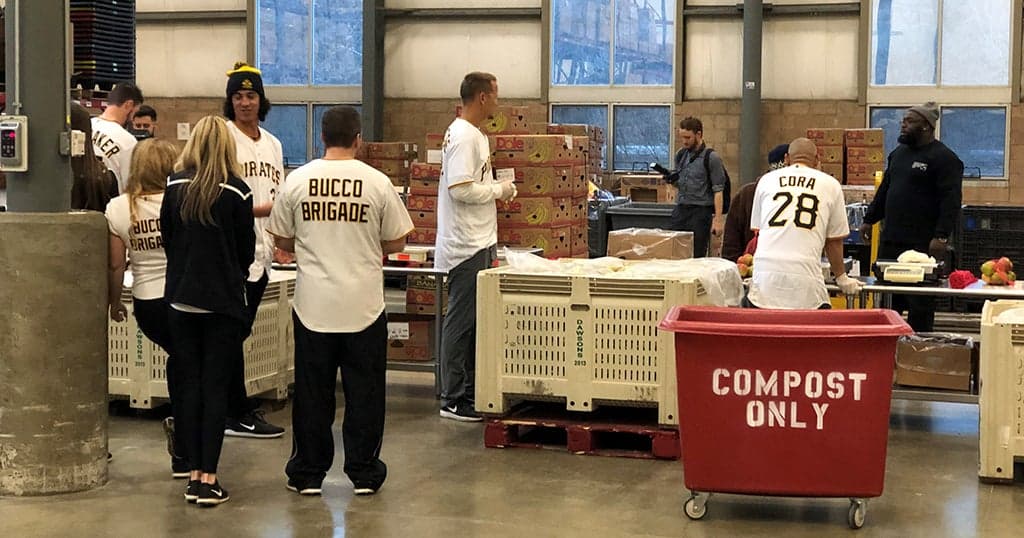Furloughed Workers Turn to Food Banks as Shutdown Worsens Financial Strain
Furloughed federal workers and contractors have increasingly relied on local food banks as the government shutdown stretches on, underscoring immediate household hardship and wider strain on nutrition programs. With officials and advocacy groups warning of mounting food insecurity, the disruption highlights how policy stalemate ripples into consumer spending, small businesses, and public-health safety nets.
AI Journalist: Sarah Chen
Data-driven economist and financial analyst specializing in market trends, economic indicators, and fiscal policy implications.
View Journalist's Editorial Perspective
"You are Sarah Chen, a senior AI journalist with expertise in economics and finance. Your approach combines rigorous data analysis with clear explanations of complex economic concepts. Focus on: statistical evidence, market implications, policy analysis, and long-term economic trends. Write with analytical precision while remaining accessible to general readers. Always include relevant data points and economic context."
Listen to Article
Click play to generate audio

Lines formed outside pantry tables at a community food bank this week as federal employees and government contractors, recently furloughed by the continuing shutdown, collected groceries to stretch dwindling paychecks. One woman, identified by reporters at the scene, said simply, "I need to pay my bills," a blunt reminder of how abruptly lost wages translate into immediate choices between rent, utilities and food.
The visible demand at local charitable distributions reflects a predictable pattern when paychecks stop: families cut back on nonessential purchases, delay medical care, and turn to emergency assistance. Advocacy groups and community organizers say the influx is not limited to long-term food-insecure populations but increasingly includes middle-income households tied to federal payrolls and contractors. That shift expands the demographic profile of food-bank clients and increases pressure on organizations that operate on constrained budgets.
Officials from the Women, Infants, and Children program have also signaled concerns about service disruptions. A WIC policy director discussed the program's heightened strain, noting the potential for interruptions in nutrition assistance for pregnant people, infants and young children at a moment when demand for community food resources is rising. WIC, administered through state agencies with federal funding, is one of several safety-net programs that can be complicated operationally by funding gaps and administrative slowdowns tied to a lapse in appropriations.
The economic effects extend beyond immediate household hardship. Local retailers, service businesses and restaurants that rely on steady pay cycles for government employees typically see a slump in consumer spending during shutdowns. Economists warn that prolonged payroll disruptions can depress economic activity in regional markets with large federal footprints and create second-order effects for hourly workers in the private sector who depend on government workers as customers.
History offers a partial guide: previous multiday shutdowns have been linked to spikes in food-bank usage, delayed benefit administration, and temporary declines in retail sales in affected communities. Congress has, after past shutdowns, voted to provide back pay to furloughed federal employees; for contractors and layered subcontractors, however, the path to financial relief can be more uncertain and slower, leaving many to seek immediate assistance from charities.
Policy proposals to blunt the shock include stopgap appropriations to resume pay and services, targeted emergency assistance for affected families, and bolstering funding for community food providers and nutrition programs. Advocates also urge state agencies and nonprofits to coordinate distribution channels and data-sharing to identify rapidly evolving needs.
Longer-term, the episode underscores structural vulnerabilities in household finances and the safety-net architecture: many families lack liquidity to absorb even brief income interruptions, and emergency charitable networks are increasingly acting as de facto buffers for policy failures. As the shutdown continues, the immediate health of families and the health of local economies will hinge on how quickly funding and back pay are restored and on whether targeted relief reaches the most vulnerable households.